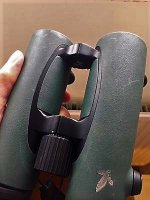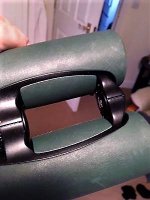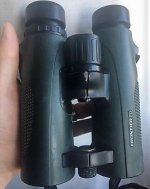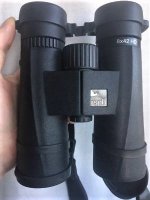I don't really know what else to say, believe me if you want, don't if you don't. I've got no agenda, I'm just telling it as it is. As others have said - this seems to be a bit of a reoccurring pattern on here with people making sweeping implications or inferences.
I certainly did get them for a very good price, but I offered to pay a bit more after the confusion, so I can have no complaints about that.
But that merely distracts from the actual issue. I am a keen birder but not a hard-core one, I have been out ten times since buying them, and I have treated them more carefully than any binoculars I have ever had due to the amount I paid. I'm 57 and my mobility is slower than average now, so I don't go charging around or clambouring through difficult terrain. I really struggle with any incline or decline that is more than gentle due to knee problems. I place them down carefully on the very rare occasion they come off my neck, if I am taking a seat for a bit, and I pack them in their protective case before departure for home so they do not travel in my car 'out of the protective case'. I clean carefully after every usage and pack away inside the house. No one else has access to them.
I have a immaculate pair of RSPB HD8x42s that are still in excellent condition despite lots of use over past few years, and an admittedly tired, very well-used looking pair of 10-year old Hawke Frontiers 10x43s. I tend to do one trip abroad per year for a few days but have only taken my Hawke Frontiers which have admittedly been heavily used and subject to travel in desert terrain, sea-watching, travel in a suitcase, and so look appropriately marked. The optics of both these are absolutely fine & both are fine binoculars but the Swarvs are a different class optically, especially regards depth-of-field.
So draw what conclusions you will. Birdwatching binoculars are designed for outside use. I have treated these new Swarovski's with kid gloves and they have not come into any abrupt contact with anything potentially damaging, unless my coat surface can be deemed as such.
Photos of my two other binoculars - 10 years old (Hawke) and 2-3 years old (RSPB).











